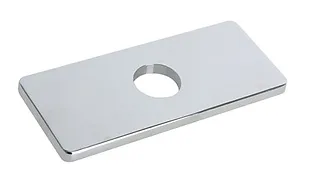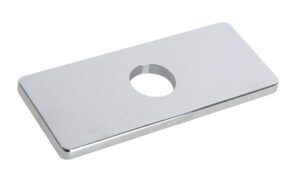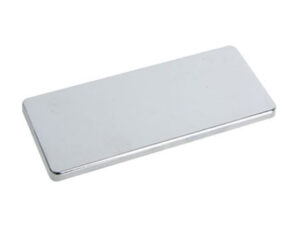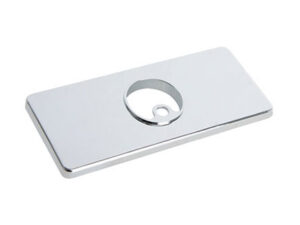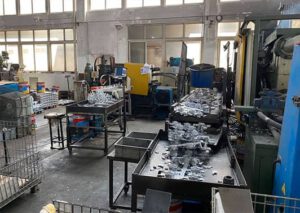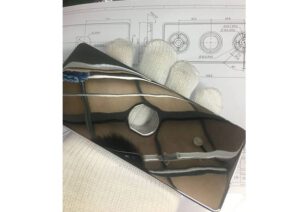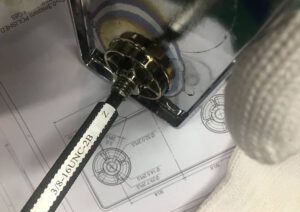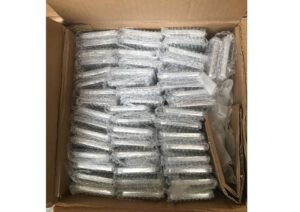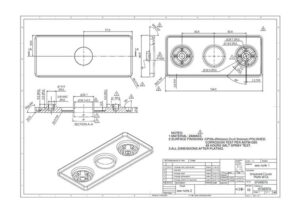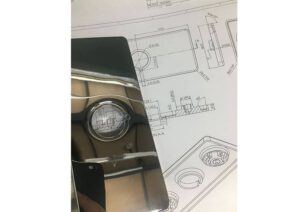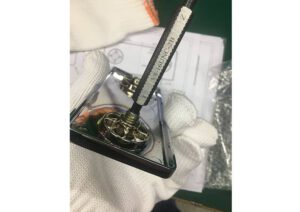Die Casting
Die casting processes to enable the manufacture of geometrically complex metal parts by using reusable molds, called dies. Metal, a die casting machine, and a furnace are all essential parts of the die casting process.
Die casting injects metal into a die after melting the metal, usually a nonferrous alloy such as aluminum or zinc, in a furnace.
The two main types of die casting machines
Hot chamber machines (used for casting low-melting-point alloys, such as zinc) and cold chamber machines (used for casting high-melting-point alloys, such as aluminum).
Regardless of machine type, as soon as the molten metal injects into the Die, it cools quickly and solidifies into the final part, known as a casting.
The die consists of two parts:
One is more concave than the other, forming an enclosure around a cavity that fits the shape of desired products (e.g., where we will integrate our product). A top gating system to block air from entering, and we can release once molding finish into a recyclable plastic container with gas displacement pressure to form desired shapes of moldings around the cavity inside.
When it comes to day castings, the term is a collective term that encompasses the whole process, including molding, casting, and machining.
Recently, die castings have been rapidly advancing in pace. Thus, making processes more straightforward and less expensive than other machining processes.
The advance in zinc plastic alloy has increased its productivity and capabilities.
Die casting is an affordable process.
It’s often chosen as an economical alternative to cast iron.
Die casting is the most common manufacturing process. It offers a more excellent range of features and weight control than other technologies.
For more info about our Die casting processes, please contact our engineer.

